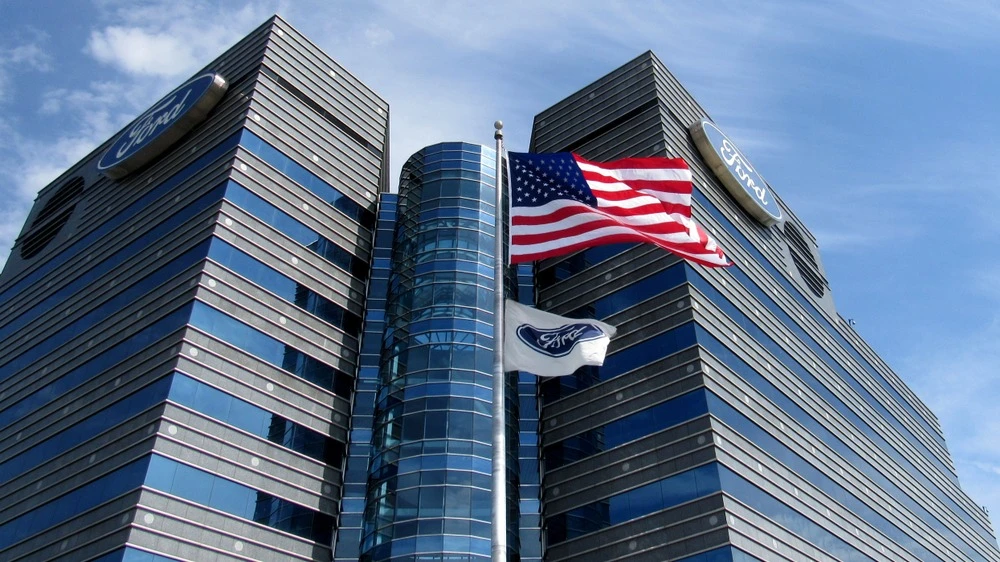Trump ready to ease duties on imports of parts for U.S. auto industry - Bloomberg
U.S. auto giants face rising costs due to duties on automobiles, parts and metals

The White House is preparing to ease tariffs on the U.S. auto industry and may announce it in the coming hours, Bloomberg reported citing sources. This decision may become a serious incentive for American car companies, which are trying to reduce the negative effect of record duties on imports.
Details
According to Bloomberg interlocutors, the U.S. Commerce Department plans to announce on October 17 a five-year extension of the mechanism that allows U.S. automakers to reduce payments on duties on imported components. This program was launched in April 2025 for a two-year term.
The mechanism involved two stages. For vehicles assembled in the U.S. between April 3, 2025, and April 30, 2026, manufacturers could claim compensation equal to 3.75% of the recommended retail price. From May 1, 2026 through April 30, 2027, the compensation was to drop to 2.5%, at which point the program would be discontinued.
What about the stock
On the news of duty easing, GM shares jumped 3.8% on the post-market in New York on October 16. The securities of two other members of the "Big Detroit Three" Ford and Stellantis also rose in price.
Later, in over-the-counter trading, organized by the U.S. platform Blue Ocean ATS, GM shares added 1.5%. At the same time, quotations of Ford and Stellantis went into negative - by 0.6% and 0.4%, respectively.
According to FactSet, Wall Street analysts on average consider GM shares an attractive investment idea - the consensus rating on them is "above market" (Overweight), which corresponds to the recommendation to buy. Experts are more cautious about Ford and Stellantis, advising not to sell, but also not to buy them at the current price (consensus rating "Hold", Hold).
Context
U.S. auto companies are facing rising costs due to duties imposed by President Donald Trump on imports of cars, components and raw materials, including steel and aluminum. Ford CEO Jim Farley also claimed that Washington's trade deal with Tokyo gives Toyota and other Japanese competitors a price advantage of several thousand dollars per vehicle over similar models made in the U.S. - given lower labor costs and exchange rates in Japan. As part of the agreement, duties on Japanese auto imports were reduced from 27.5% to 15%.
This article was AI-translated and verified by a human editor
